Matthew Rye examines one of music’s great all-rounders, whose phenomenal gifts as a violinist were allied to success as a composer, conductor and teacher
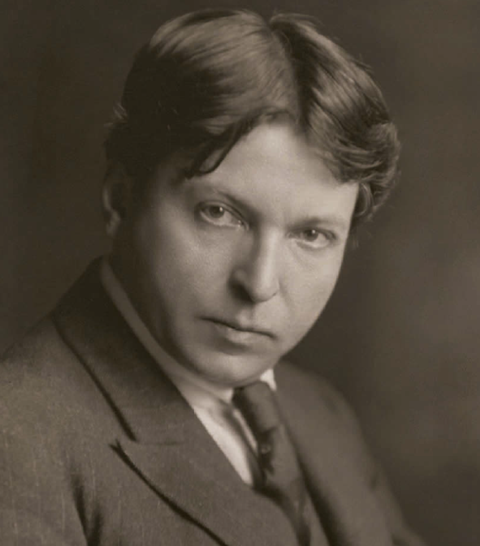
Discover more Featured Stories like this in The Strad Playing Hub
This article appeared in the July 2010 issue of The Strad
More than just a great violinist, Enescu was one of the most remarkable all-round musicians of his time. He was a formidable pianist, had international careers as a conductor and a teacher, and almost single-handedly created the formal musical life of his native Romania. By the time of his death in 1955 he was revered as a violinist, but his compositions – including an opera, three symphonies and a mass of chamber music – were for the most part not given their due. Now, ironically, the pendulum has swung so far towards his creative work that his playing needs the same advocacy.
PEDAGOGICAL BACKGROUND
Enescu started on the violin at the age of four and received his fi rst lessons from a gypsy musician. But he soon outgrew what the local teachers could provide, and at seven he entered the junior department of the Vienna Konservatorium where he studied with Joseph Hellmesberger Jr and Sigmund Bachrich. He graduated in 1893 (aged twelve) and two years later moved to Paris and enrolled at the conservatoire, where he studied violin with Martin Marsick and composition with Massenet and then with Fauré.
Enescu had given his public debut in Romania in 1889, but by the time he graduated from the Paris Conservatoire a decade later, his violin playing had taken something of a back seat to his compositional activities. He later admitted to a reluctance to be a concert violinist at all until he realised that he could earn enough money from it to be able to buy some land in Romania and settle down to composing for the rest of his life. So by the early years of the 20th century, he already had a busy schedule of chamber music appearances with Cortot, Thibaud and Casals, had formed a trio with Alfredo Casella and Louis Fournier, and founded an eponymous string quartet.
TECHNIQUE AND INTERPRETATIVE STYLE
Enescu was phenomenally gifted, and in his early career he put this to advantage in conveying an image of the virtuoso that brought its own detractors, who dismissed him as a ‘tzigane’, a gypsy fiddler. But he soon matured into an artist determined to put the music before the performance. In private, however, he was not averse to a bit of showing off: one story relates how during a quartet rehearsal (for which he was on viola) he played a late Beethoven slow movement from memory, the viola part on one string, the second violin on another and a sketchy version of the cello part in the bass, while at the same time singing the first violin line.
Enescu had a particularly expressive way of articulating his bow – a style that his most famous pupil, Menuhin, inherited. This involved an arguably excessive rate of bow changes, but resulted in an almost vocal projection of the notes and phrases and may have exacerbated the problems that both musicians had late in life with the bow arm.
SOUND
Enescu’s sound has often been likened to that of a human voice in the way it articulated the notes and breathed the phrases, and there was a distinct cantabile sense to his melodic playing. The sweetness of his tone was an ideal match for the French repertoire with which he had grown up. His sound was not a large one, however, which is perhaps why he played chamber music more often than concertos.
RECOMMENDED RECORDINGS
Chausson: Poème (plus works by Corelli, Handel, Kreisler & Enescu)
OPUS KURA OPK 2086
Bach: Concerto for two violins (with Menuhin)
EMI 3 91963 2
STRENGTHS
Reminiscences of Enescu the musician frequently refer to his humility and self-effacement as a player. There was an emphasis on the supremacy of the composer over the interpreter. But the speed and ease with which he could absorb and learn new music could also have transformative effects. Richard Strauss, accompanying Enescu in a performance of his own Violin Sonata after only two rehearsals, recalled: ‘I had the rather unusual feeling that I was detaching myself from my composition, and that I was listening not to a sonata written by me, but one written by Enescu.’
WEAKNESSES
Enescu wasn’t always the most immaculate of players, occasionally allowing the niceties of technique to suffer in the interests of conveying the spirit of the music, though his profundity and warmth were often enough to hide such imperfections. Enescu’s later years as a player were dogged by poor intonation brought on by diminishing hearing, a progressively worsening spinal disfi gurement and conceivably the long-term effects of his high bow arm.
Read: Great violinists: Yehudi Menuhin
Read: Cello and violin candidates announced for George Enescu International Competition 2024
INSTRUMENTS
Enescu owned a c.1726 Guarneri ‘del Gesù’, as well as a 1739 Sancto Serafin that he gave to Menuhin in 1954. He was also a keen player of modern instruments and in the 1930s commissioned the Parisian maker Paul Kaul to make super-size violins to accommodate his large fingers.
REPERTOIRE AND RECORDINGS
The Austro–German and French sides to his training gave Enescu a well-balanced repertoire that ranged from the Baroque to the music of his own day. He favoured the more lyrical concertos over the virtuosic, and performed the Mendelssohn and Beethoven widely. In Gallic repertoire, the works of Saint-Saëns and Chausson figured prominently. But perhaps more than any other composer it is Bach for whom he is best remembered. Unlike other composer–violinists such as Kreisler, Enescu rarely wrote music specifically for his own use, and there is no concerto for violin in his oeuvre – the nearest example is the early Symphonie concertante for cello.
Enescu was a regular in the studios of Columbia and others from the 1920s, but only a few of these sessions have had great currency and today there are probably more recordings of him available as a conductor than as a violinist. His classic recording of Bach’s solo Sonatas and Partitas, made in New York in 1948, currently lacks a CD transfer (excerpts can be found on YouTube). Although unable to hide problems of intonation, it epitomises his un-Romantic yet spiritual approach to the composer’s music. Also of note is his recording of the Bach Double Concerto, playing second fiddle to Menuhin’s first and revealing how well-matched the sounds and techniques of master and pupil were. Another key collaborator was the pianist Dinu Lipatti, who accompanied him in recordings of his own second and third violin sonatas made in Bucharest in 1943.
CHRONOLOGY
1881 Born in Liveni Vîrnav (now renamed George Enescu), Romania
1885 Takes up violin and receives tuition from a gypsy player
1888 Enters Vienna Konservatorium
1889 Gives first public performance, in Slănic, Romania
1899 Graduates from Paris Conservatoire with first prize in violin
1923 Makes US debut as a violinist, conductor and composer at a Philadelphia Orchestra concert
1927 Begins teaching Yehudi Menuhin
1950 Gives farewell concert in New York, performing the Bach Double Concerto with Menuhin
1955 Dies in Paris
The Strad is offering customers the chance to purchase print magazines from its archives, while stocks last. Get your copy here before they’re all gone!
Read: Great string players of the past: violinist Ivry Gitlis on George Enescu
Read: ‘The most original musician I’ve ever met’: remembering violinist Yehudi Menuhin
Discover more Featured Stories like this in The Strad Playing Hub
The number one source for playing and teaching books, guides, CDs, calendars and back issues of the magazine.
In The Best of Technique you’ll discover the top playing tips of the world’s leading string players and teachers. It’s packed full of exercises for students, plus examples from the standard repertoire to show you how to integrate the technique into your playing.
The Strad’s Masterclass series brings together the finest string players with some of the greatest string works ever written. Always one of our most popular sections, Masterclass has been an invaluable aid to aspiring soloists, chamber musicians and string teachers since the 1990s.
American collector David L. Fulton amassed one of the 20th century’s finest collections of stringed instruments. This year’s calendar pays tribute to some of these priceless treasures, including Yehudi Menuhin’s celebrated ‘Lord Wilton’ Guarneri, the Carlo Bergonzi once played by Fritz Kreisler, and four instruments by Antonio Stradivari.


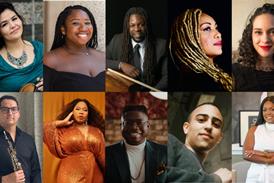
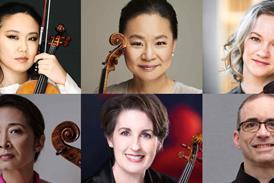
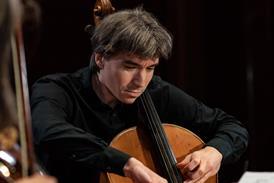
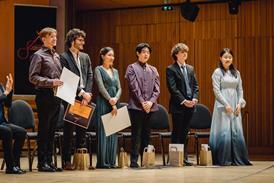
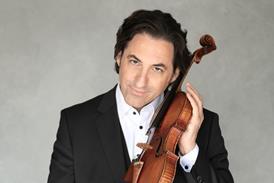
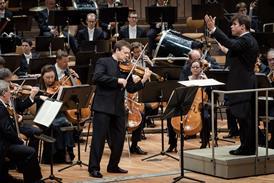

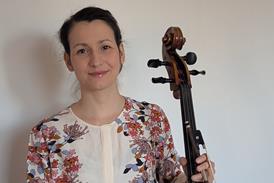
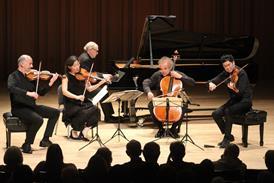
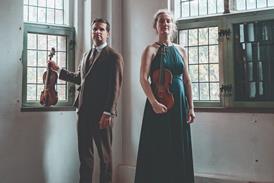


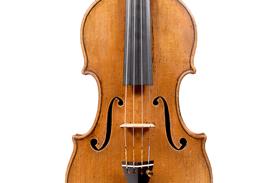
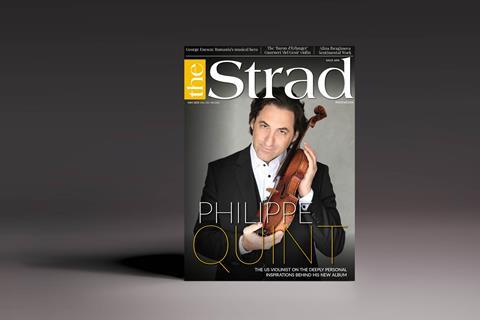




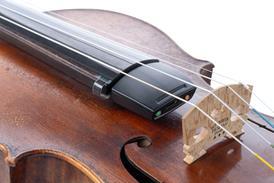
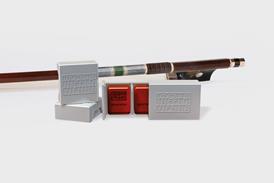
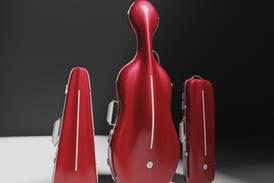















No comments yet